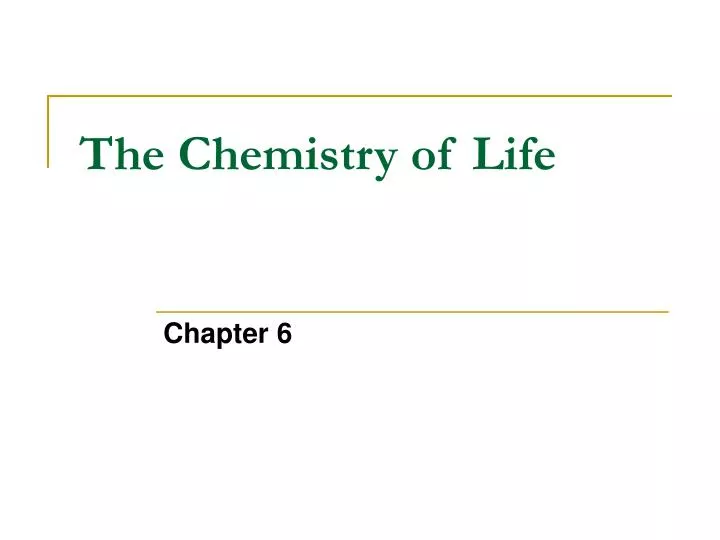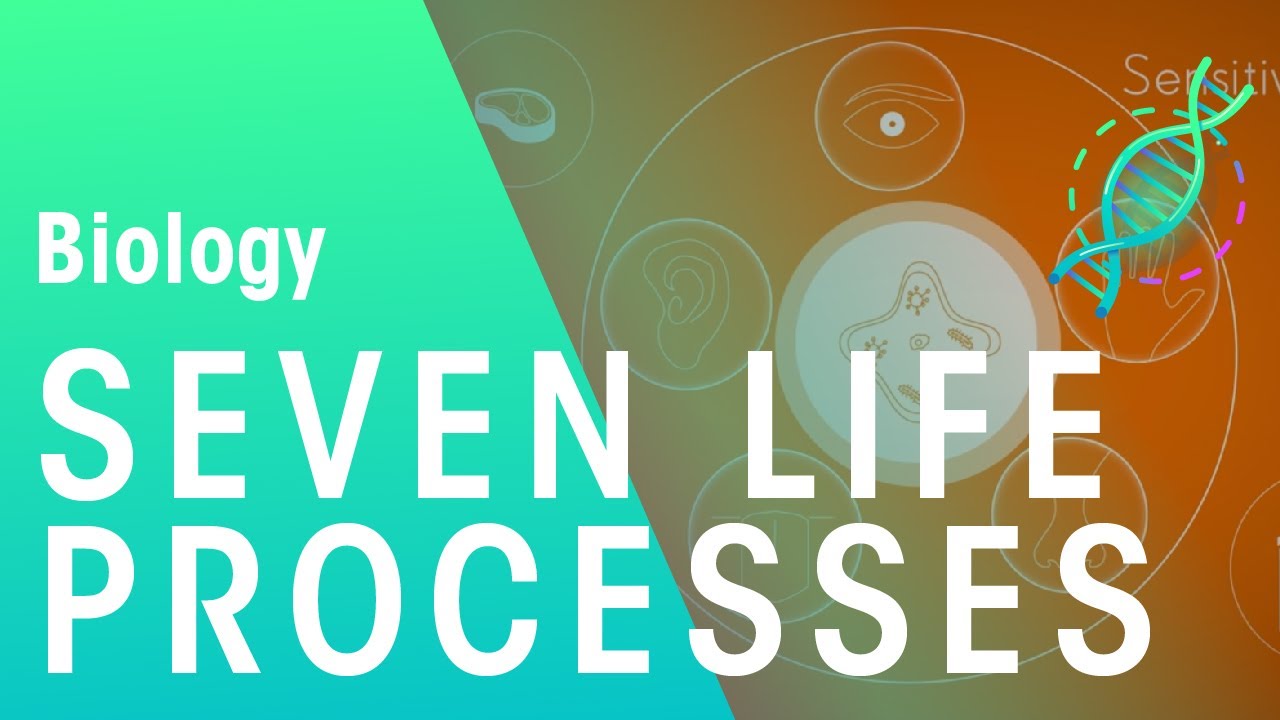


The project will focus on innovations in the processing and utilization of phosphogypsum, a mineral technogenic waste material produced in great quantities. This special grant will be awarded to a project in green chemistry, by a young scientist, with a PhD degree in chemistry or its allied areas, and have at least 3 (three) publications in recognized scientific journals. Green Chemistry special grants for research projects on phosphogypsumĪ special call for applications is also open by PhosAgro, UNESCO and IUPAC in response to specific societal and environmental needs. The 8 th call for applications is open until 30 June 2023. Young scientists are invited to submit their applications for PhosAgro/UNESCO/IUPAC research grants in green chemistry. Green Chemistry research grants for young scientists Source: "Green Chemistry: Theory and Practice," Paul T. Inherently safer chemistry for accident prevention substances and the form of a substance used in a chemical process to be chosen to minimize the potential for chemical accidents, including releases, explosions, and fires.

The development of analytical methodologies needed to allow real-time analysis for pollution prevention, in-process monitoring and control prior to the formation of hazardous substances and.Design for degradation of chemical products at the end of their function into innocuous degradation products not persisting in the environment.Catalytic reagents as selective as possible.Reduce derivatives through minimizing or avoiding the use of blocking groups, protection/deprotection, and temporary modification of physical/chemical processes that require additional reagents and can generate waste.Promotion of the use of renewable raw materials or feedstock instead of depleting ones whenever technically and economically practicable.Design for energy efficiency of chemical processes to minimize their environmental and economic impacts and if possible, to introduce synthetic methods to be conducted at ambient temperature and pressure.solvents, separation agents, and others), and introducing safer solvents and auxiliaries that are innocuous when they have to be used Avoiding wherever possible or minimizing the use of auxiliary substances (e.g.Design of safer chemicals able to carry out the desired function while minimizing their toxicity.Less hazardous chemical syntheses designed to use and generate substances that possess little or no toxicity to human health and the environment.Atom economy through new synthetic methods designed to maximize the incorporation of all materials used in the process into the final product.Prevention of waste to avoid treating or cleaning up waste after it has been created.Office of International Standards and Legal Affairs.


 0 kommentar(er)
0 kommentar(er)
